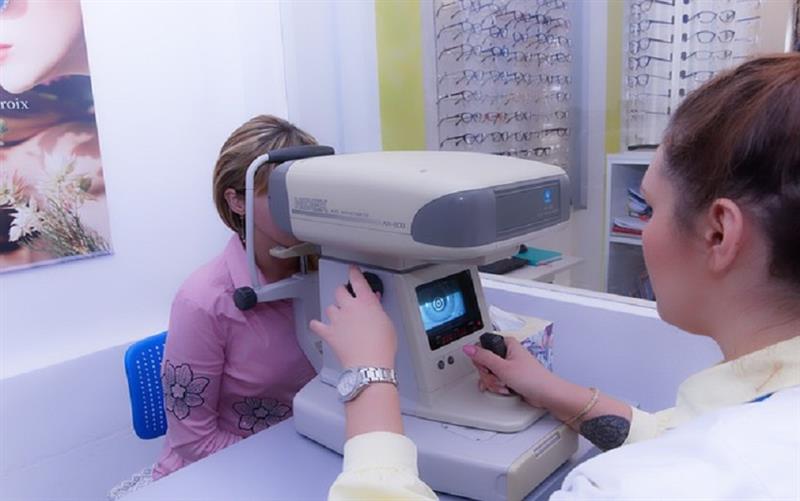
Future optical software has the potential to drastically change how optical companies run and engage with their clientele. Improved company success and individualized patient experiences are only two of the positive changes that the developments in optical software are expected to bring about. Adapting to these technologies will be essential for the optical business to prosper in the future.
The Formation of Software Optical
From basic lens measurement tools to intricate systems that interface with numerous business operations, optical software has gone a long way. Applications for optical software nowadays are numerous and include patient management systems, inventory management, electronic medical records (EMRs), and customer relationship management (CRM) systems. Future developments in cloud computing, machine learning, and artificial intelligence (AI) offer ever more sophisticated functionality.
Enhancing Customer Experience
1. Personalized Patient Interactions
Offering customized patient experiences is one of the most important developments in optical software. Optical software may evaluate patient data and offer personalized suggestions for eyewear and therapies using AI-driven analytics. Through appointment scheduling, follow-up reminders, and customized communication, the patient journey may be made more engaging and frictionless.
2. Mixed Reality and Virtual Try-Ons
The way that consumers choose their glasses is being revolutionized by augmented reality (AR)-powered virtual try-ons. Real-time visualization of various frames on consumers' faces is possible with optical software that incorporates augmented reality technology. Because customers can make better-informed decisions regarding their purchases, this feature not only improves the shopping experience but also lowers the possibility of returns.
3. Simplified Interaction
Improved connection between optical firms and patients is made possible by advanced optical software systems. Patients may quickly contact with their clinicians and stay informed thanks to features like digital consultations, automated appointment reminders, and secure chat platforms. Improved patient satisfaction and stronger relationships are fostered by this more efficient communication.
4. Easy Online Reservation
Online appointment scheduling tools are frequently included in optical software, enabling patients to make, change, or cancel appointments whenever it's most convenient for them. Patients enjoy greater satisfaction and higher retention rates when using an easy-to-use online booking system, which lowers friction for them.
5. All-inclusive Patient Portals
Patients can access their test results, medication information, and health records from a single, centralized location thanks to patient portals that are integrated with optical software. By providing patients with simple access to their health information and fostering improved contact between them and their optical providers, these portals improve their entire experience.
Improving Business Performance
1. Effective Inventory Control
Efficient inventory control is essential for any optical enterprise. Optical software solutions provide comprehensive reporting on stock movements, automatic reordering procedures, and real-time inventory tracking. By lowering the possibility of overstocking or running out of popular items, this efficiency eventually raises operational effectiveness and profitability.
2. Making Decisions Based on Data
Data will play a bigger role in optical software in the future. Optical companies may learn a great deal about consumer behavior, sales trends, and operational performance by utilizing big data analytics. These insights help firms find growth possibilities, enhance pricing tactics, and make well-informed decisions.
3. Increased Productivity in Workflow
Several business operations, including patient check-in, billing, and claims processing, are made more efficient by optical software. Optical software lowers errors and eases administrative responsibilities by automating common activities and integrating various business factors. Staff members are able to concentrate on providing outstanding patient care and enhancing overall business performance as a result of the increased efficiency.
4. Combining Different Technologies
Optical software is becoming more and more integrated with other systems and technologies as technology develops. An enhanced perspective on the health and medical history of a patient is possible, for instance, through integration with electronic health record (EHR) systems. Furthermore, cloud-based solutions provide increased accessibility and flexibility, allowing companies to run effectively from anywhere.
5. Staff Scheduling Optimization
By examining patient appointment patterns, staff availability, and peak business hours, optical software can improve staff scheduling. By ensuring that the appropriate amount of employees is scheduled during peak hours, this function lowers wait times and enhances patient care. Moreover, effective scheduling lowers labor expenses and boosts output all around.
6. Enhanced Abilities for Marketing
Integrated marketing features are a common feature of modern optical software, helping firms connect and interact with their target market. These tools are capable of managing social media interactions, automating email campaigns, and monitoring the success of marketing efforts. Optical firms may increase their visibility, draw in new business, and keep their current patient base by utilizing these capabilities.